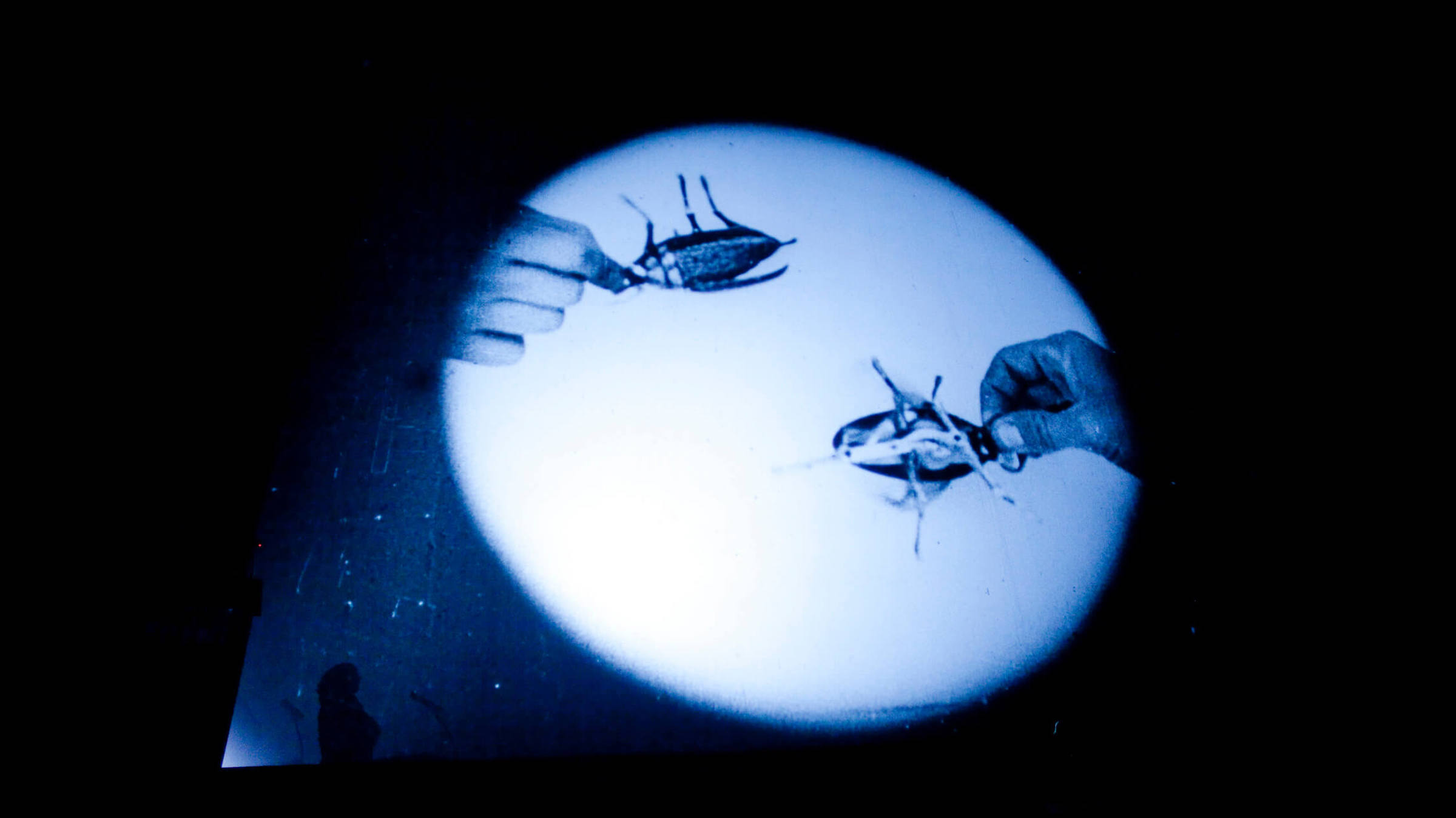Presenters: Bryony Dixon, Dan Streible, Ben Burtt and Craig Barron
We continue our behind-the-curtain look at the international preservation scene with another edition of our popular Amazing Tales from the Archives program.
A NEW LOOK AT AN OLD SNEEZE
Fred Ott’s Sneeze was shot in Edison’s Black Maria in January 1894 and its frames published as a series of photographs in Harper’s Weekly in March. Inventor and Edison employee W.K.L. Dickson had about half the frames printed on card stock and deposited them as a composite photograph at the U.S. Copyright Office. His recording was never viewed as a moving picture until some 60 years after its creation, but even then only as a 16mm print made from the shorter number of frames. Only in 2013 did the Library of Congress make an extended 35mm print of this work using all the available frames, nearly doubling the film’s duration. New York University’s Dan Streible will present the different versions of this work and discuss its curious life as a film, photograph, and digital file. Organizer of the biennial Orphan Film Symposium, Streible is also the author of the forthcoming Orphan Films: Saving, Studying, and Screening Neglected Cinema, for which he was named an Academy Film Scholar by the Academy of Motion Picture Arts and Sciences.
THE BIRDS AND THE BEES
Oliver Pike, Percy Smith, J.C. Bee-Mason, and F. Martin Duncan had long and fascinating careers as filmmakers, effectively launching a natural history film genre that eventually led to the great wildlife documentaries such as David Attenborough’s Planet Earth. What set these early pioneers apart was a genius for inventing devices to capture tiny microscopic creatures or animals in the wild or the unfurling petals of flowers. Through a solidly scientific approach they eschewed anthropomorphism but also knew how to supply, as Percy Smith put it, “the powder of instruction in the jam of entertainment.” Bryony Dixon, curator of silent film for the British Film Institute National Archive, will show samples of these amazing works and how they were made, from Pike’s stealth wildlife camera and Duncan’s microphotography to Bee-Mason, whose obsession with apians led him to change his name, and F. Percy Smith, who went from hobbyist to professional with the long-running Secrets of Nature series.
CHAPLIN’S USE OF TECHNOLOGY
Using rare behind-the-scenes photos and film clips, visual effects supervisor Craig Barron and sound designer Ben Burtt will examine the use of matte shots, process shots, miniatures, and rear projection to complement real-life settings in Charlie Chaplin’s City Lights and Modern Times. Burtt will also discuss Chaplin’s selective use of sound effects and dialogue in what were the last two and perhaps greatest appearances of Chaplin’s Little Tramp character. Oscar-winners Barron and Burtt have been celebrated innovators in visual and sound effects, respectively, since the first Star Wars feature in 1977 through the latest prequel now in production. Together, Barron and Burtt have researched and presented programs on the cinematic illusions of Wings, The Adventures of Robin Hood, Forbidden Planet, The Prisoner of Zenda, and Citizen Kane, among others.
Presented at SFSFF 2014 with live music by Stephen Horne
Image credit: Pamela Gentile

